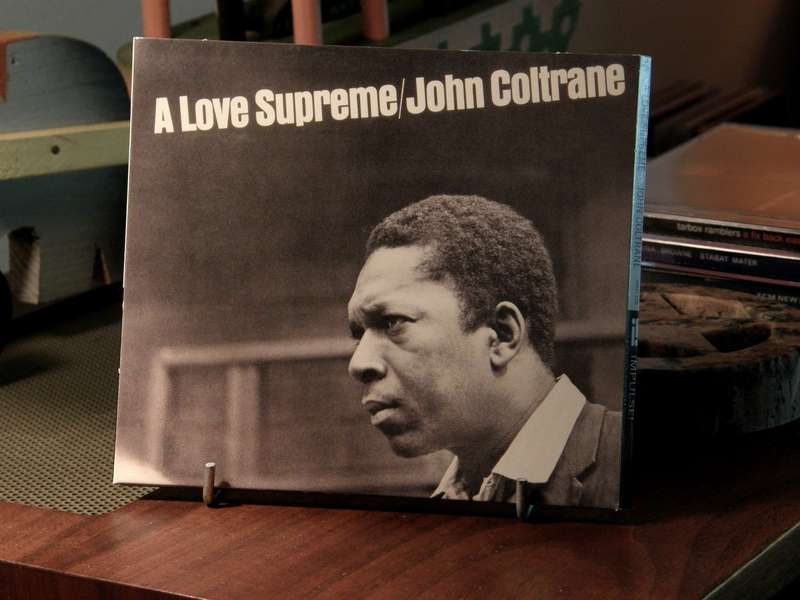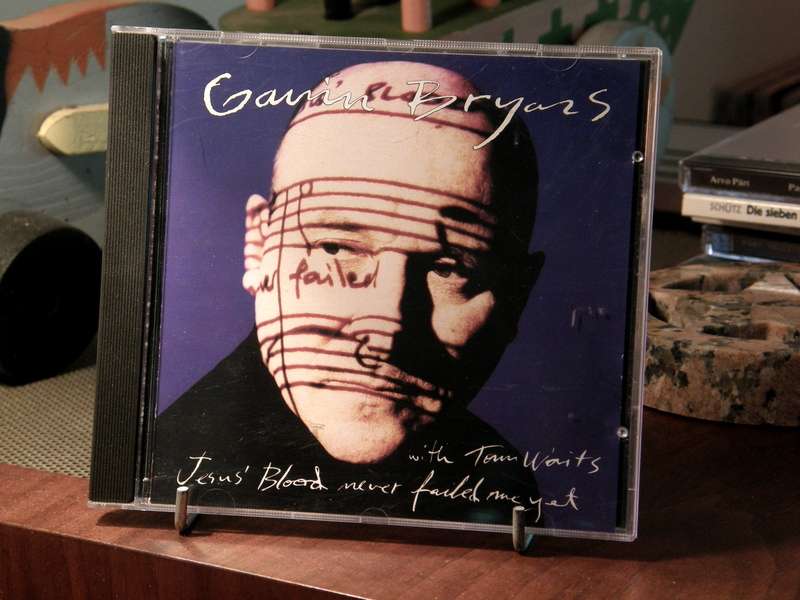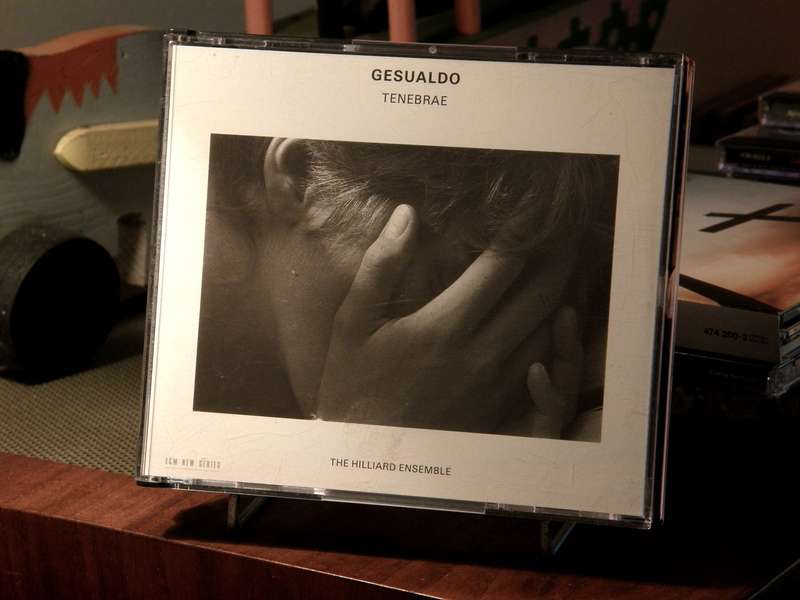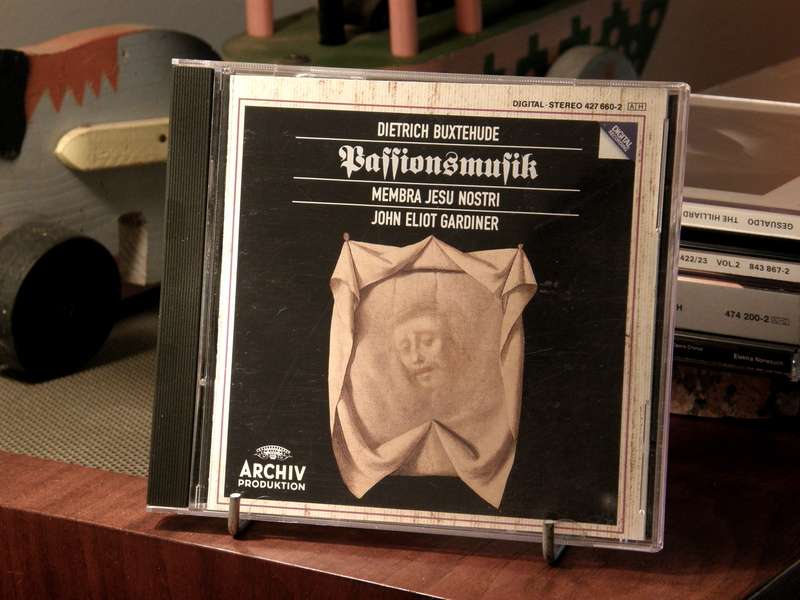
When the City of Dallas developed its current Council adopted Bicycle Transportation Plan (working with the Department of Transportation and over 100 bicyclists from local cycling organizations), a “clean-slate” design approach was taken. All possible facility types were considered.
There are basically four bicycle facility designs: street separated Multi-Use Paths, on-street bike lanes, side paths/cycle-tracks (all examples of segregated facilities), and on-street bike routes (shared lane facility). Each has its preferred application scenario.
Multi-Use Paths/side paths/cycle-tracks
Currently, the City is in the process of completing 100 miles of paved, 12’ wide, off-street trails though parks, under power lines, and parallel to rail corridors. Because these facilities are constrained by location and available right-of-way, their use as a viable, city-wide transportation element is limited. But they can be a good enhancement to an on-street system.
Side paths (also called cycle tracks) have been discouraged by traffic engineers and responsible bicycle planners for some time, due to the dramatic increase in collisions between turning automobiles and straight through cyclists. The Netherlands (where such facilities are extremely popular) have documented up to an 180% increase in serious collisions on side paths compared to on-street cycling.
Bike Lanes
Bike Lanes are preferred by cyclists who fear sharing a roadway with automobile traffic and motorists who have a dislike of sharing the roadway with bicyclists.
From a traffic engineering perspective, a bike lane is classified as a “traffic control device”, whose job is to channel existing bicycles out of the way of motor vehicles. The popular notion is the opposite, that bike lanes are designed to attract cyclists, but that is not how they function or why they were designed. To install bike lanes that function, you need two pre-existent conditions: high volume of cyclists in a concentrated area (i.e., a large college campus and surrounding area), and sufficient road width to accommodate a 5’ lane.
Most urban thoroughfares and collectors in Dallas have 11’ wide vehicle travel lanes (a foot narrower than the current recommended minimum and three feet narrower than the Texas Department of Transportation preference). The recommended width for bike lanes is four feet, with a one foot edge stripe (five feet in total width from curb).
On a typical Dallas three-lane divided urban thoroughfare, the cross-section looks like this: 11’-11’-11’----11’-11’-11’. Attempting to install bike lanes on such a street without removing travel lanes would result in vehicle travel lanes that are only 9 feet wide (5’-9’-9’-9’----9’-9’-9’-5’), 25% narrower than current minimum recommendations, and too narrow to accommodate existing truck, bus and even SUV usage. This creates traffic conflicts that can lead not only to property damage, but can even endanger lives (especially the lives of cyclists as cars are “pushed” into the available space).
To install bike lanes of the recommended 5’ width (4’ for the bike lane, with a 1’ offset from the curb), the street cross-section now looks like this, 5’-14’-14’----14’-14’-5’, dropping a full lane of traffic in each direction. When you consider that people tend to ask for bike lanes on streets that are already overcrowded, you can see how the problems are exacerbated by the attempts at alleviation. Removing one lane of traffic from a 3-lane directional configuration does not decrease that street’s capacity by 33%, but by almost 50%, resulting in increased queuing at intersections and left turns, which means increased idling and greatly increased emissions of volatile organic compounds (VOCs).
There is also a problem with banning all on-street parking on streets with bike lanes and the resulting backlash from homeowners and businesses. While many cities stripe 3’ wide bike lanes next to on-street parking (like Austin, Texas), they have proven to be very dangerous, as cyclists are often hit by opening car doors.
Contrary to popular belief, there is an increased danger to cyclists in riding in bike lanes, caused by newly created conflicts with right-turning motor vehicles. This is an unavoidable complication of having a straight-through travel lane for bicyclists located to the right of right-turn allowed motor vehicles, a lane that lulls cyclists into thinking they are protected from right-turning vehicles. The vast majority of serious car-bike collisions occur in this type of conflict, as cyclists outside of motorists’ direct line of sight, slip into the motorists’ left-side blind zone.
The conflict that many cyclists believe a bike lane protects them from (being struck from the rear by an overtaking motor vehicle) is by far the rarest of serious car-bike collisions, but it is among the most dangerous (exceeded by wrong-way cyclists hitting oncoming vehicle). Interestingly, when you remove the rural road incidence of this type of collision (the most common area for fatality occurrence), the collision rate for cyclists in a bike lane, and without a bike lane, is statistically the same.
On-Street Bike Routes
Rather than install a few miles of bike lanes, what Dallas did was create a city-wide 400 mile (800 lane miles) signed bicycle route system on local, mostly low volume, streets that parallel thoroughfares. Where a thoroughfare (or bridge) is required, the City committed to build wide-outside-lanes to create extra room for cyclists and motor vehicles to share the road. On new road construction (and reconstruction when right of way is available), depending upon posted speeds, the roadway cross section will look like this: 14’-11’-11’----11’-11’-14’, or 15’-12’-12’----12’-12’-15’.
Instead of striping less than 20 lane-miles of bike lanes (.05% of the City's streets), the City (upon the recommendation of active cyclists) signed 800 lane-miles of bike routes (10% of the City's streets), resulting in a more comprehensive city-wide bike plan than a simple bike lane system. The vast majority of these cyclist-selected routes were on low-volume local streets that paralleled major thoroughfares, and were the ideal setting for cyclists.
The plan improved real conditions for cyclists without degrading conditions for the dominant motor traffic. This approach works best in a city like Dallas with a complex street grid system dating to the late 19th and early 20th centuries. Suburban cities (and the far edges of Dallas) have a more difficult task. It was understood that an education component was required, for both cyclists and motorists, but the City Council decided to not fund that element as a cost saving measure, as the City continued to downsize staff and eliminate “non-essential” services. Reduced forces also played a part in the City's decision to decline a $1,000,000 bicycle education program for adults and children.
Dallas is preparing to undertake a comprehensive update of its current Bike Plan, and the viability and application of bike lanes and cycle tracks will again be considered, with changes in the City’s approach being preordained.














